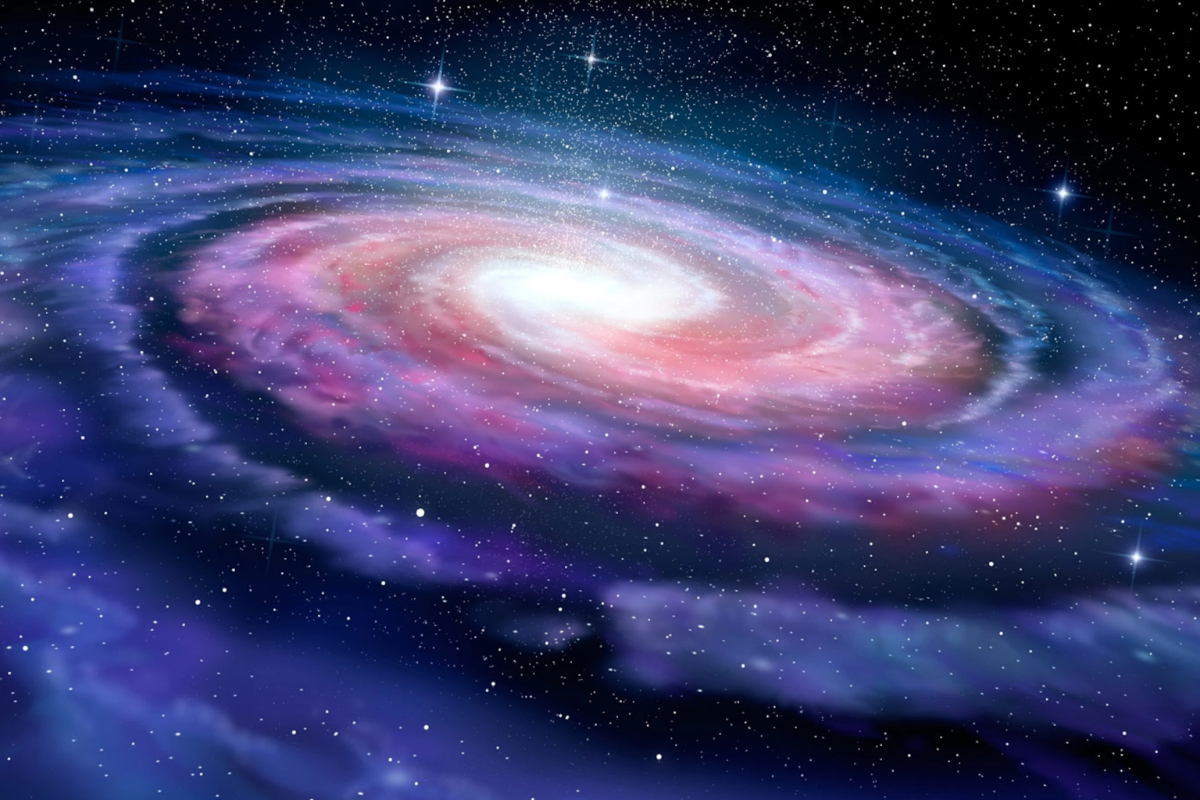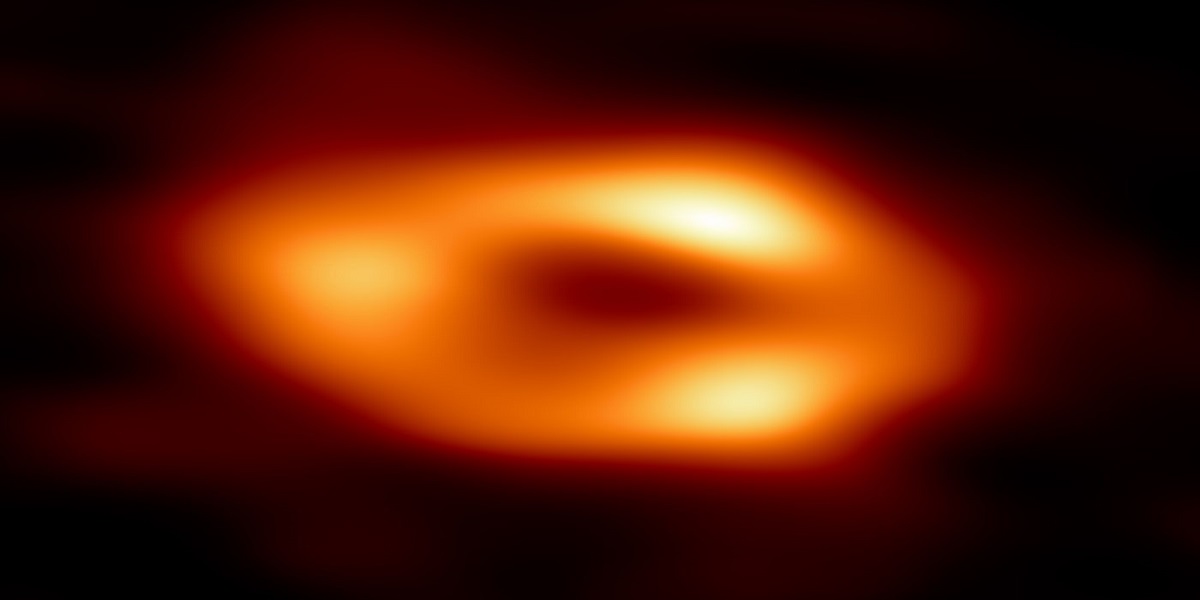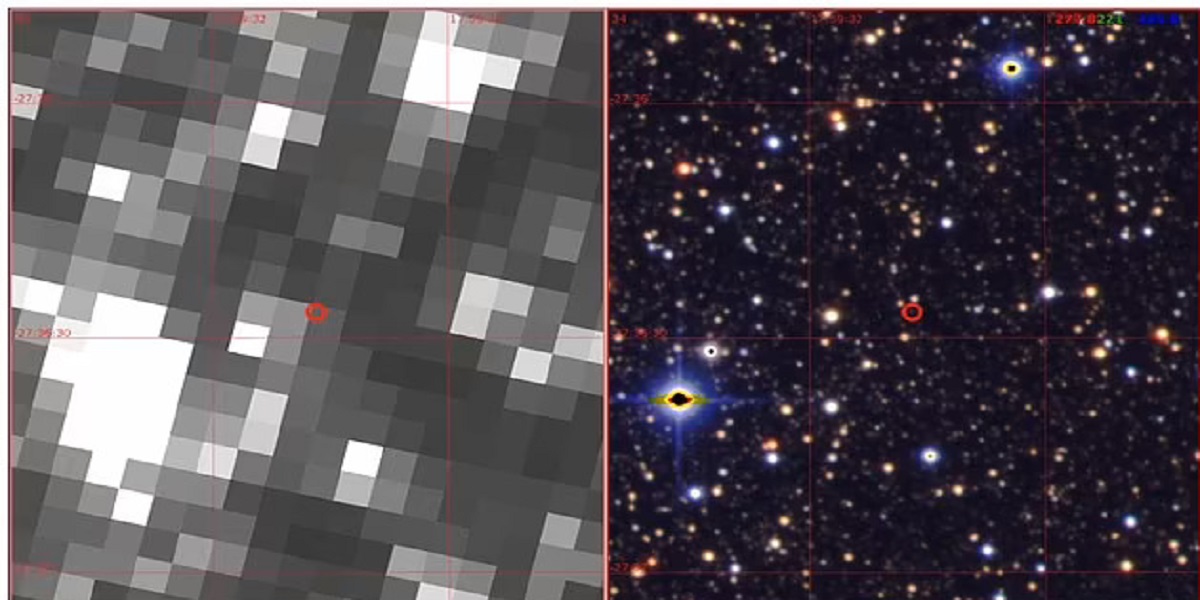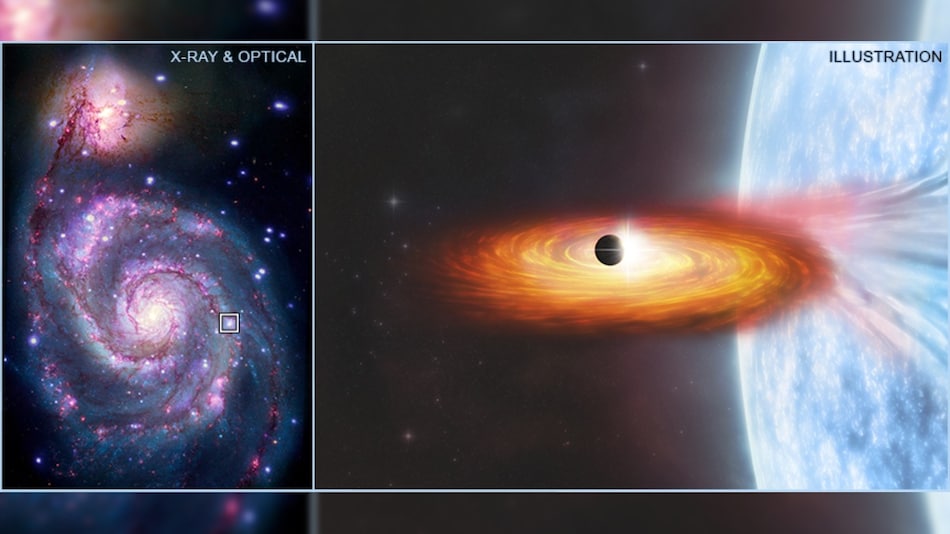A team of astronomers led by the University of Warwick claims to have located the oldest star in the Milky Way galaxy. Ruins from planetesimals in orbit are being absorbed by the oldest rocky and icy planetary systems found by astronomers. The bulk of stars, including our Sun, will eventually become white dwarfs. White dwarfs are stars that have shed all of their outer layers, burned through all of their fuel, and are currently contracting and cooling. During this process, any planets in orbit will be affected and, in some cases, destroyed, and their debris will be left behind to collect on the white dwarf’s surface.
According to the reports, after publishing their findings in the Monthly Notices of the Royal Astronomical Society on November 5, the researchers decided that a dim white dwarf is 90 light years from Earth and the relics of its orbital planetary system are older than 10 billion years.
For this work, the astronomers developed a simulation of two unique white dwarfs detected by the European Space Agency observatory. Spectroscopy detects the components and their abundance in a star’s atmosphere by evaluating the star’s light at various wavelengths when certain elements absorb light at a specific wavelength.
Both stars contain planetary pollution, but one is extraordinarily blue and the other is abnormally red. The star’s spectra indicated the presence of sodium, lithium, and potassium, as well as the possible detection of carbon accreting onto the star, making the “red” WDJ2147-4035 the oldest metal-polluted white dwarf identified to date.
Abbigail Elms, the study’s lead author and a physics Ph.D. student at the University of Warwick, said, “We’re finding the oldest stellar remnants in the Milky Way that are polluted by once Earth-like planets. It’s amazing to think that this happened on the scale of ten billion years and that those planets died way before the Earth was even formed.”
The second “blue” star, WDJ1922+0233, was contaminated by planetary debris with a composition close to Earth’s continental crust and is only somewhat younger than WDJ2147-4035.
[embedpost slug=”adorable-dog-caresses-womans-hair-in-video/”]





